My book introduces a divider design:
It said that if the divisor is n-length number, we need n+1 steps to finish the division.
For example: 7 / 2 (0111 / 0010) demands 5 steps. I don't quite get why it requires us to do 1 more step? It can automatically shift the divisor at the beginning.
This is the steps described closely:

